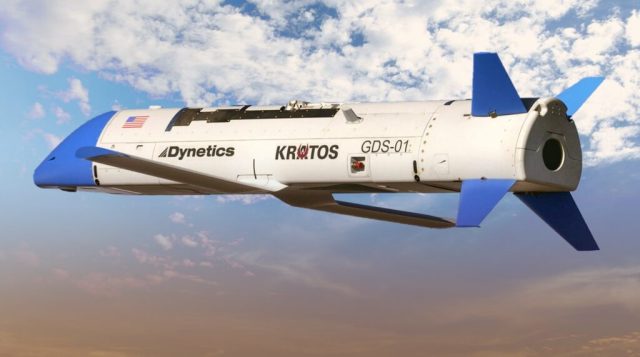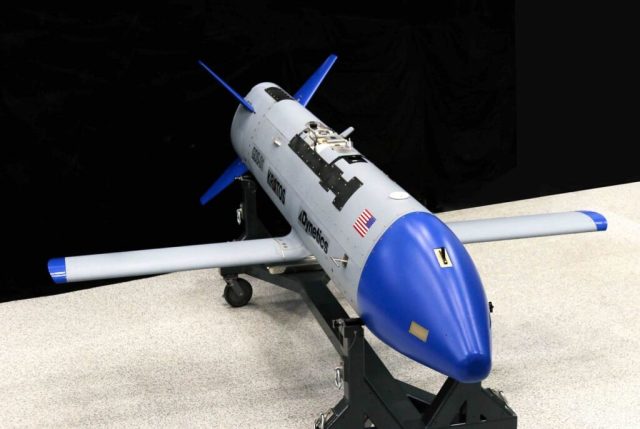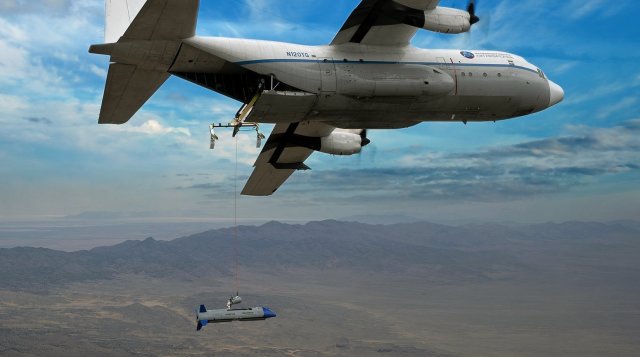Dynetics conducted successful tests of the promising X-61A Gremlins air system, which involves launching a UAV from a carrier aircraft. During the test, the drone was in close proximity to the C-130.
The United States aimed to implement the concept of a "flying aircraft carrier". As it became known, recently the company Dynetics successfully tested the X-61A device, which can be launched from the carrier-the C-130 military transport aircraft.
The tests were conducted at the Dugway test site in Utah. During the tests, the developers paid attention to the safety of UAV operation. The device has proven its ability to operate in close contact with a manned carrier aircraft, which can be considered progress on the way to a safe docking. "Our goal is to get as far ahead as possible in achieving the testing goals, collect data, and thereby improve the system as much as possible," said Dynetics spokesman Tim Keater.

X-61
Image Source: Dynetics
As with earlier tests, the UAVs involved in the tests successfully returned to earth using a parachute system. Now the drones are being prepared for a new series of tests, which are expected to take place this year.
Tests of the system have not always been fully successful. In October, the Americans made attempts to catch the UAV with a C-130 manipulator, but nothing came of it.

X-61
Image Source: Dynetics
Dynetics is developing UAVs in cooperation with the Defense Advanced Research Projects Agency (DARPA), the Defense Advanced Research Projects Agency of the US Department of Defense. The first flight of the X-61A was performed in November 2019. The drone is a relatively small subsonic vehicle that has a practical range of about 550 kilometers. The maximum payload is 150 pounds (about 68 kilograms).
Gremlins program pic.twitter.com/rCFdevT4WL- Dylan Malyasov (@DylanMalyasov) September 26, 2019
The X-61A is not the only American project that involves launching a UAV in the sky. Last year, General Atomics [...] tested the Sparrowhawk — a small unmanned aerial vehicle that can be launched and caught in flight. The carrier was the MQ-9 drone. The Sparrowhawk itself was not launched during the tests, but they allowed us to establish a number of important parameters, in particular, the response to loads during flight.
In 2020, the United States conducted another important experiment in improving the capabilities of unmanned vehicles. On the above-mentioned MQ — 9, eight air-to-surface missiles of the AGM-114 Hellfire type were suspended at once (usually this UAV carries no more than four such missiles). The tests were considered successful.

